Concept cars often showcase the cutting-edge designs and futuristic ideas of automakers, pushing the boundaries of what’s possible. However, not all of these stunning vehicles make it to production. In this article, we’ll take a look at some of the best-looking concept cars that, despite their incredible designs, never reached the showroom floor. These vehicles captured the imagination with their bold aesthetics and innovative features, but for various reasons, they remained as prototypes, leaving us to wonder what could have been if they had become a reality.
Contents
Lamborghini Miura Concept (2006)
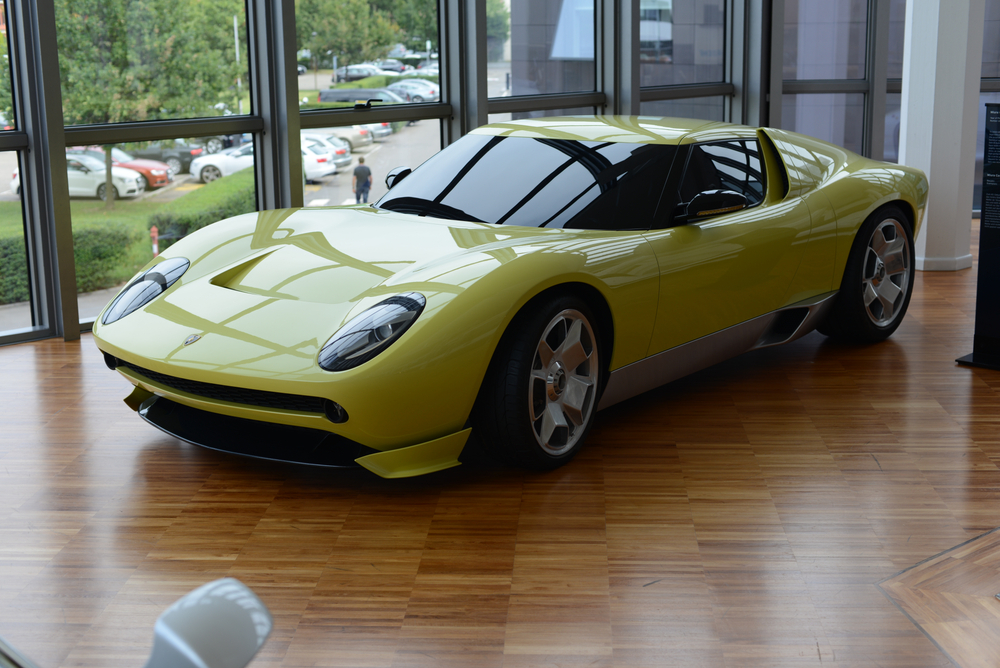
The Lamborghini Miura Concept, unveiled in 2006, was a modern reinterpretation of the legendary 1966 Miura, designed to celebrate the original’s 40th anniversary. Styled by Lamborghini’s design chief, Walter de Silva, the concept retained the classic lines of the original Miura, including its low-slung stance, muscular haunches, and iconic headlight “eyelashes.” The Miura Concept featured a powerful V12 engine, although Lamborghini never released official specifications. Despite widespread acclaim for its stunning retro-inspired design, Lamborghini decided not to produce the Miura Concept, focusing instead on creating new models that would define the brand’s future. The decision was rooted in the belief that Lamborghini should continue pushing forward with innovative designs rather than revisiting past successes.
Jaguar C-X75 (2010)
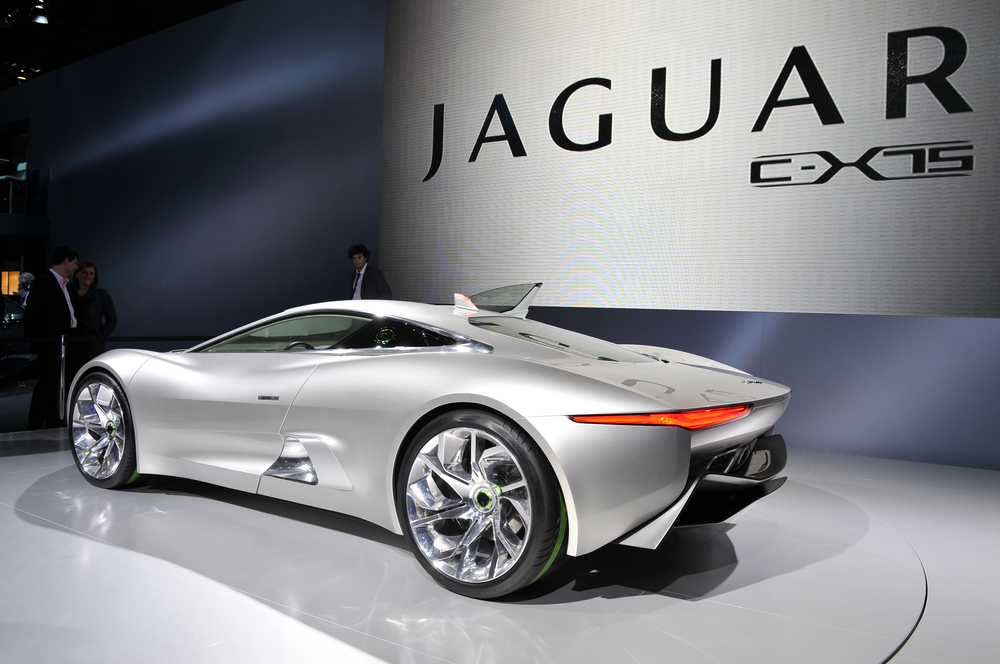
The Jaguar C-X75, first revealed at the 2010 Paris Motor Show, was a striking concept car that blended cutting-edge technology with breathtaking design. The C-X75 featured a sleek, aerodynamic body, advanced aerodynamics, and an innovative hybrid powertrain, combining a turbocharged and supercharged 1.6-liter engine with electric motors to produce a total of 887 horsepower. Capable of reaching 0-60 mph in under 3 seconds, the C-X75 was praised for its performance and stunning looks. However, Jaguar ultimately decided not to produce the C-X75 due to the economic downturn and the high costs associated with developing such an advanced vehicle. Despite its cancellation, the C-X75 remains one of the most beautiful concept cars ever created.
Porsche 918 RSR (2011)
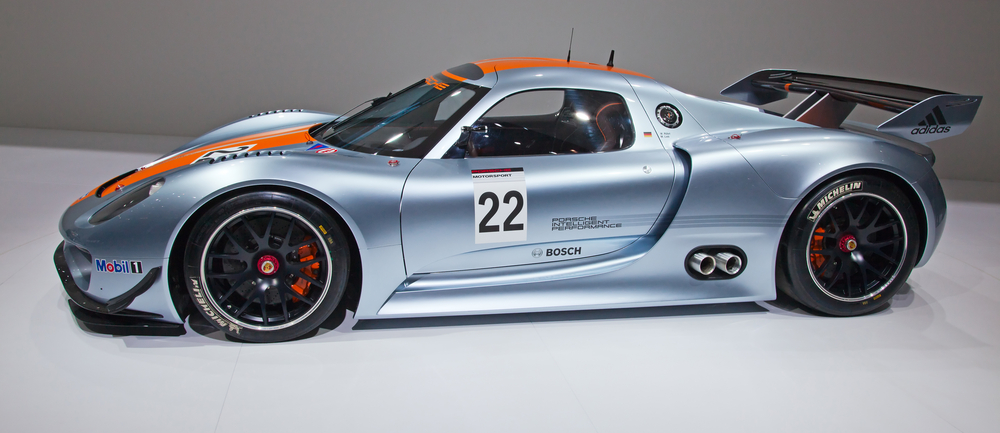
The Porsche 918 RSR, unveiled at the 2011 Detroit Auto Show, was a hybrid racing concept that combined the stunning design of the Porsche 918 Spyder with race-ready technology. The 918 RSR featured a mid-mounted 6.2-liter V8 engine producing 563 horsepower, paired with two electric motors on the front wheels for an additional 204 horsepower. The car’s aggressive stance, wide body, and distinctive racing livery made it a visual masterpiece. Despite its appeal, the 918 RSR never made it to production, as Porsche chose to focus on the road-going 918 Spyder instead. The RSR’s advanced hybrid technology and striking design continue to be admired by enthusiasts.
BMW M1 Hommage (2008)
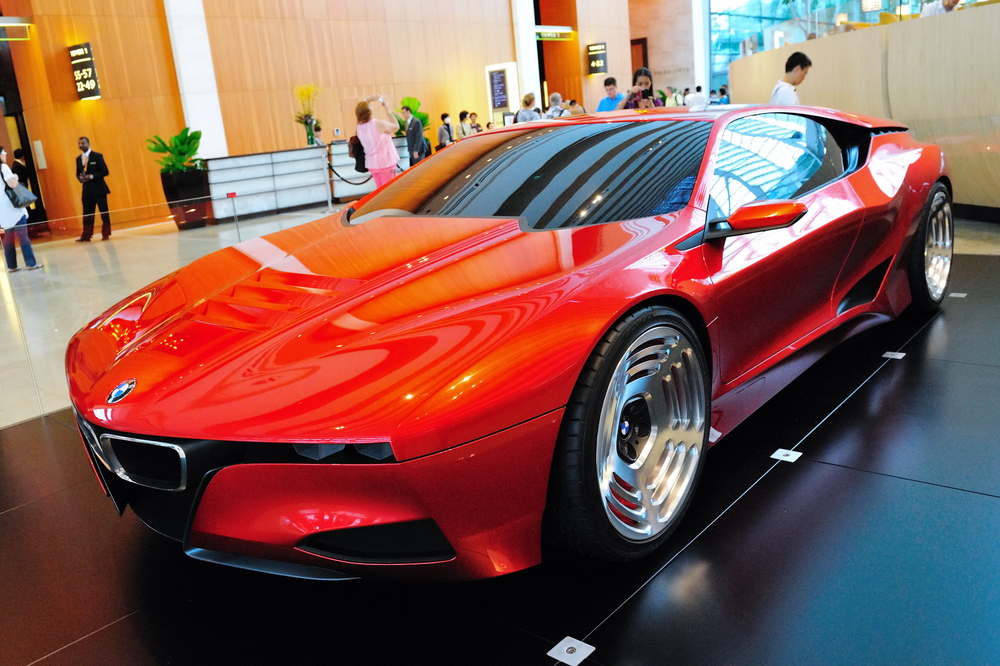
The BMW M1 Hommage, unveiled in 2008 to celebrate the 30th anniversary of the original BMW M1, was a stunning concept that paid tribute to the legendary supercar. The M1 Hommage featured a modern interpretation of the classic wedge-shaped design, with bold lines, a low-slung stance, and iconic twin-kidney grilles. The concept also sported retro-inspired details like the louvered rear window and pop-up headlights. Despite its jaw-dropping looks and enthusiastic reception, BMW never intended to produce the M1 Hommage, as it was created purely as a design study. The M1 Hommage remains a beloved concept, showcasing BMW’s ability to blend heritage with contemporary design.
Mercedes-Benz C111 (1970)
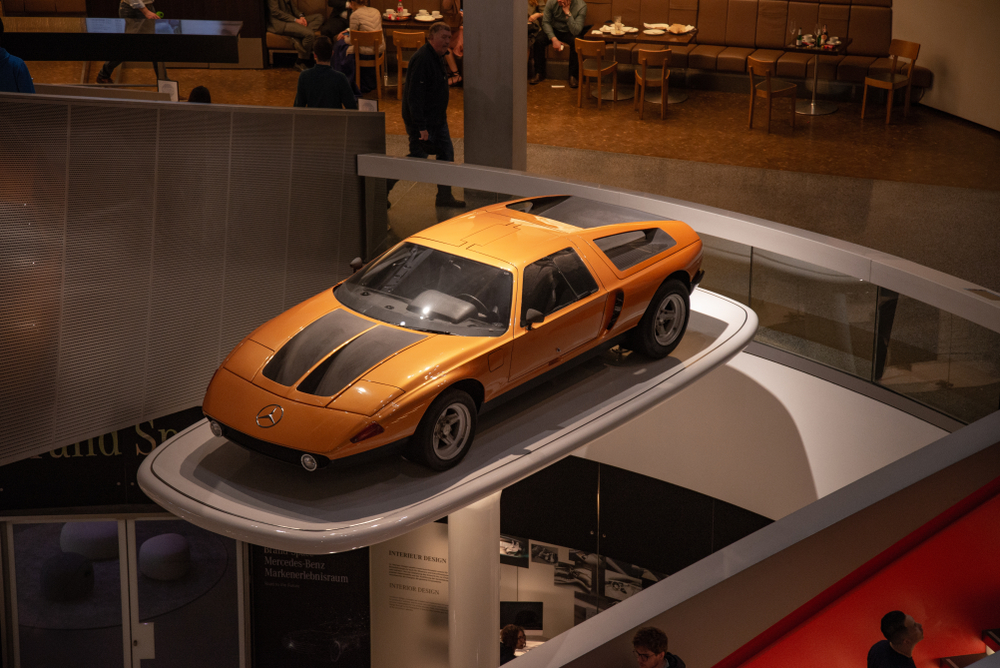
The Mercedes-Benz C111, first introduced in 1970, was an experimental concept car that pushed the boundaries of automotive design and engineering. The C111 featured a striking wedge-shaped body, gullwing doors, and a futuristic interior, making it a visual standout. The car was powered by a rotary Wankel engine, which was later replaced by a turbocharged diesel engine in subsequent iterations. Despite generating significant interest, Mercedes-Benz never intended to produce the C111, using it instead as a testbed for new technologies. The C111’s bold design and innovative features have made it a legend among concept cars, admired by enthusiasts for its futuristic aesthetics.
Ferrari Pininfarina Sergio (2013)
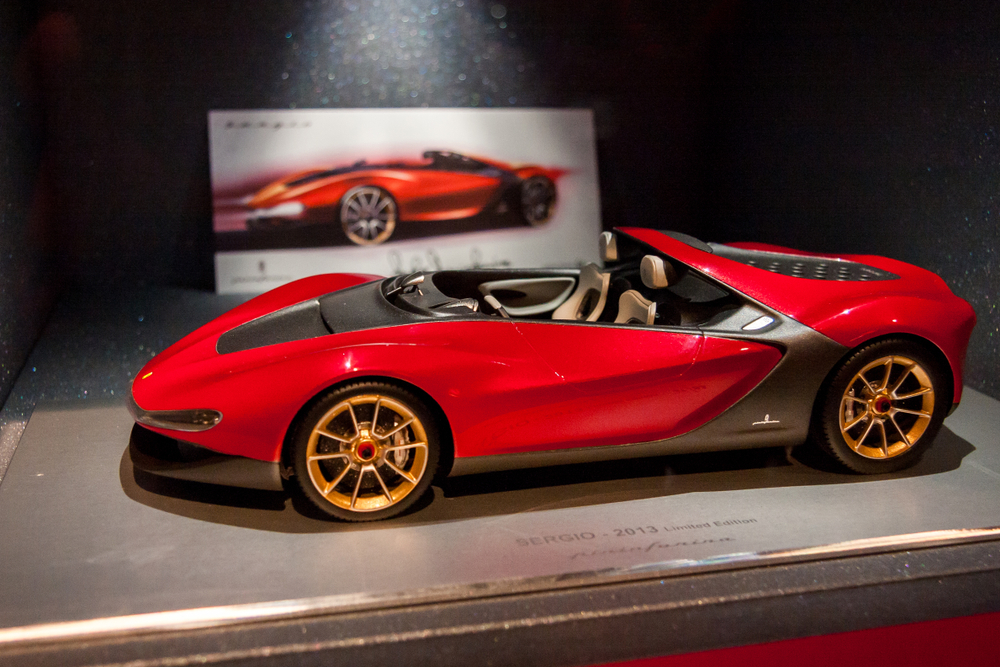
The Ferrari Pininfarina Sergio, unveiled at the 2013 Geneva Motor Show, was a stunning concept car created to honor the memory of Sergio Pininfarina, the legendary automotive designer. The Sergio was based on the Ferrari 458 Spider, featuring a completely redesigned body with a sleek, minimalist aesthetic. The open-top design, sculpted lines, and unique floating headrests made the Sergio a visual masterpiece. Although six production models were later built for select customers, the original concept never made it to full-scale production. The limited availability and high price tag, rumored to be over $3 million, have made the Sergio one of the most exclusive and admired concept cars ever created.
Ford GT90 (1995)
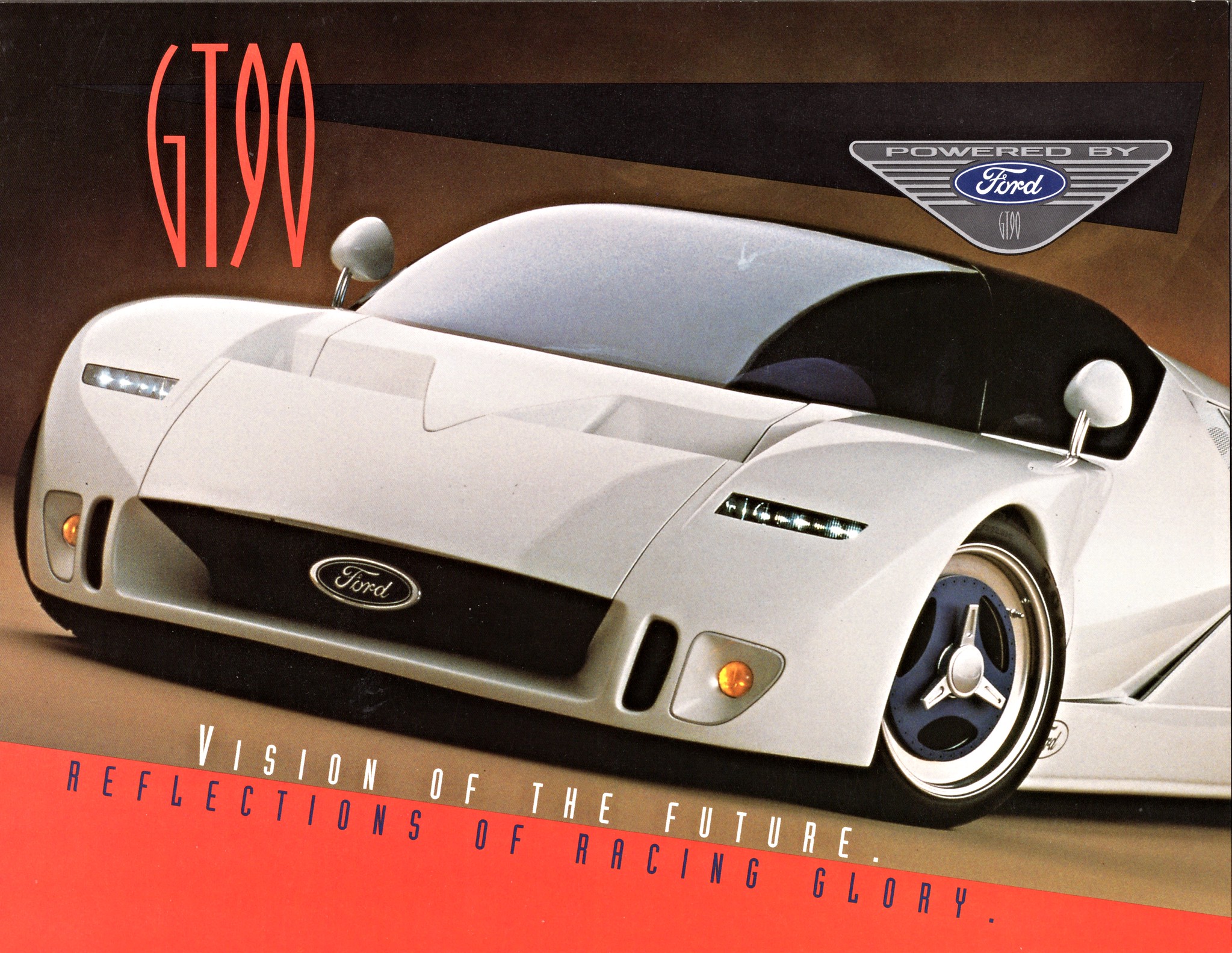
The Ford GT90, unveiled at the 1995 Detroit Auto Show, was a futuristic supercar concept designed as a potential successor to the legendary Ford GT40. The GT90 featured a radical design with sharp angles, a low-slung body, and a distinctive quad-exhaust system. Powered by a 6.0-liter quad-turbocharged V12 engine producing 720 horsepower, the GT90 was capable of reaching a top speed of 253 mph. Despite its aggressive styling and impressive performance, the GT90 never made it to production due to its high development costs and Ford’s focus on other projects. The GT90 remains a favorite among concept car enthusiasts for its bold design and extreme performance potential.
Alfa Romeo 33 Stradale Concept (2018)
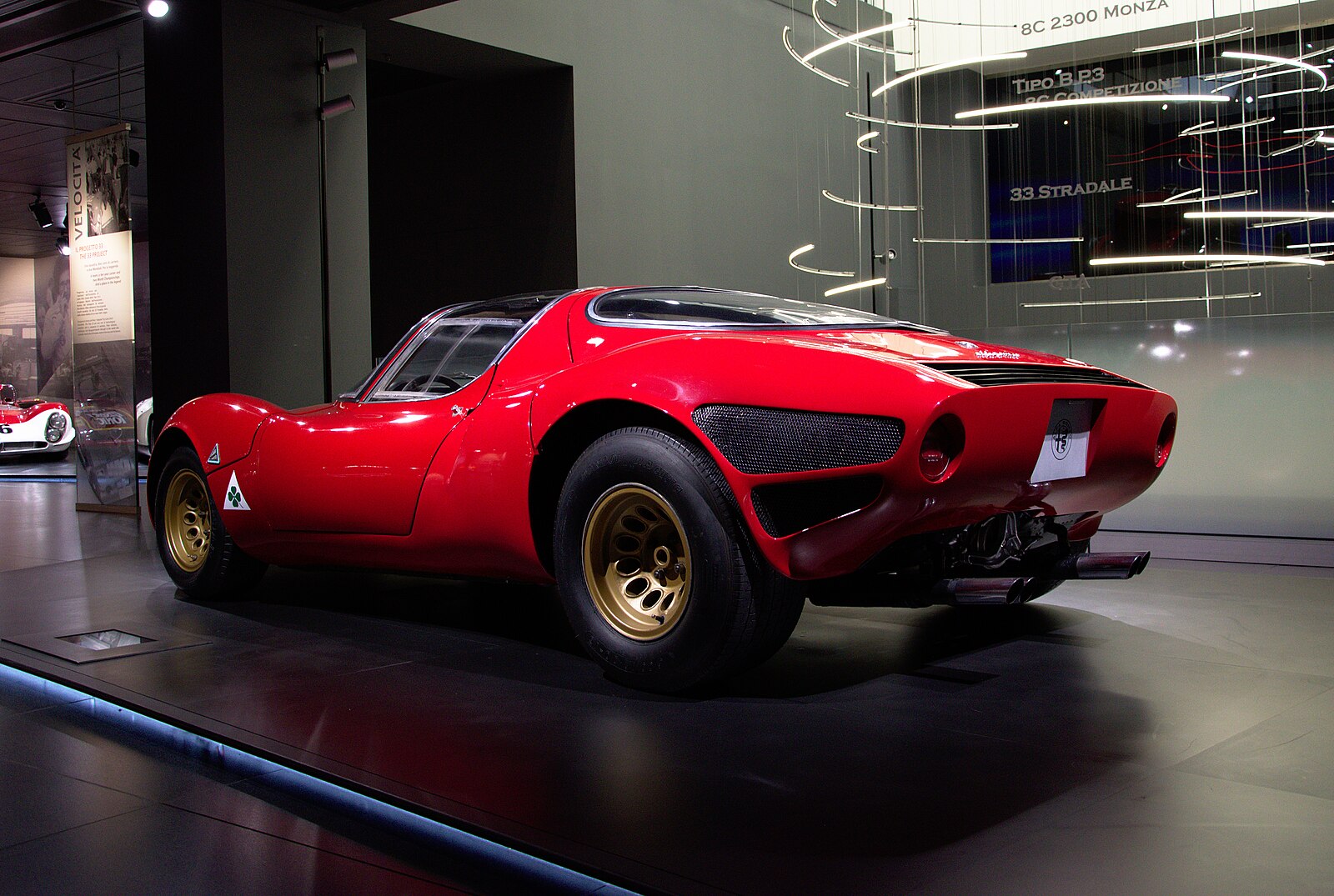
The Alfa Romeo 33 Stradale Concept, unveiled in 2018, was a modern homage to the iconic 1967 Alfa Romeo 33 Stradale. The concept featured a sleek, aerodynamic body with flowing lines, a low profile, and distinctive Alfa Romeo design elements such as the V-shaped grille and sculpted sides. The car’s retro-inspired design combined with modern technology made it an instant hit among enthusiasts. However, despite the positive reception, Alfa Romeo decided not to produce the 33 Stradale Concept, focusing instead on their mainstream models. The concept remains a stunning example of how classic design can be reinterpreted for the modern era.
Cadillac Ciel (2011)
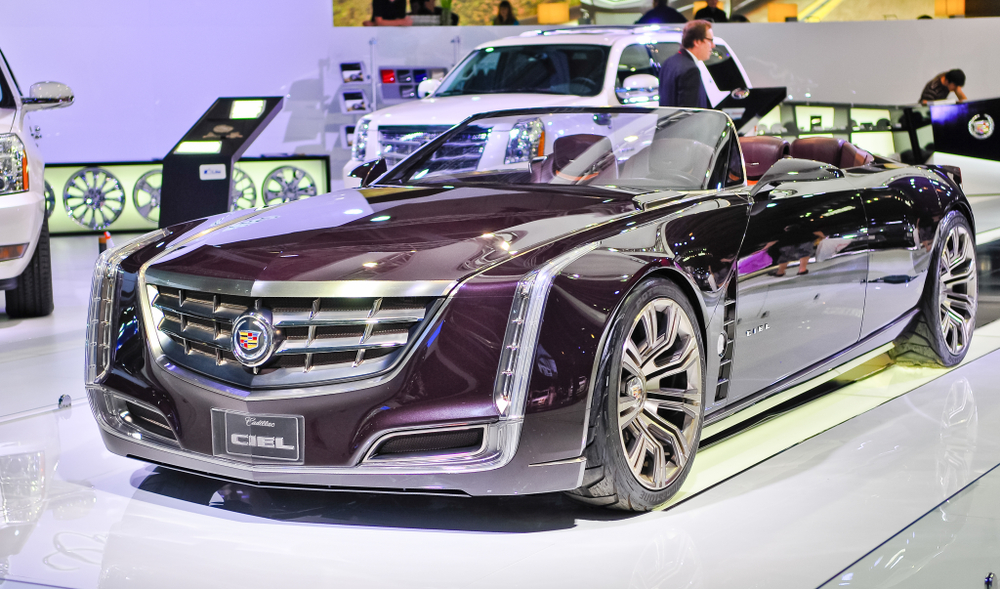
The Cadillac Ciel, unveiled at the 2011 Pebble Beach Concours d’Elegance, was a luxurious four-door convertible concept that embodied Cadillac’s vision of future luxury. The Ciel featured a long, low-slung body with sleek lines, a bold front grille, and distinctive LED headlights. The interior was equally impressive, with a minimalist design, luxurious materials, and advanced technology. Powered by a twin-turbocharged V6 engine paired with a hybrid system, the Ciel combined performance with eco-friendliness. Despite its stunning design and positive reviews, Cadillac decided not to produce the Ciel, opting instead to focus on more practical models. The Ciel remains a symbol of Cadillac’s potential to create truly breathtaking luxury vehicles.
Aston Martin Lagonda Vision (2018)
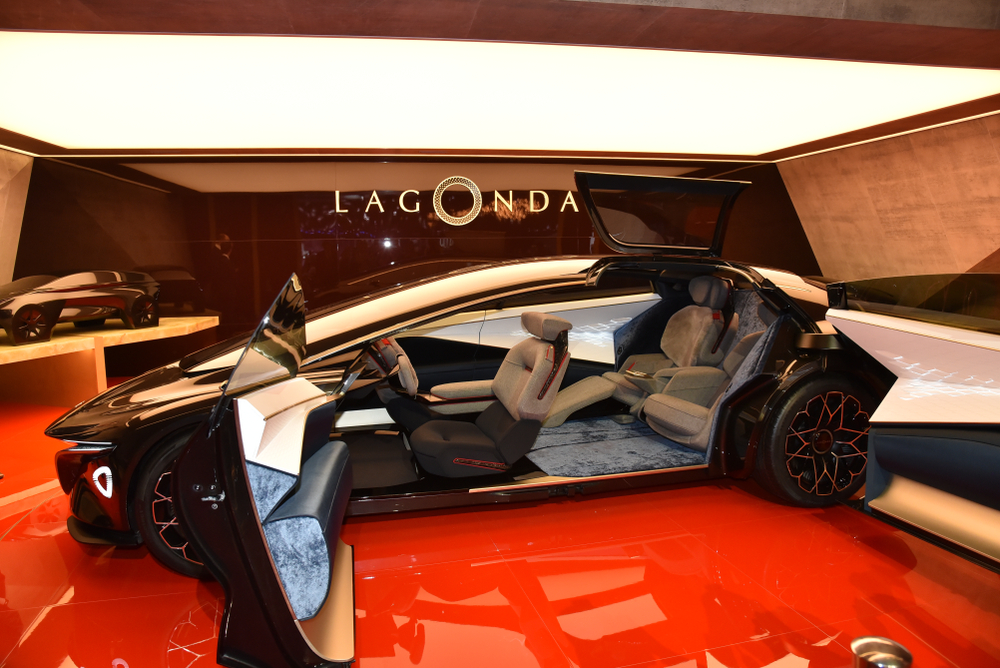
The Aston Martin Lagonda Vision Concept, unveiled at the 2018 Geneva Motor Show, was a futuristic luxury sedan that showcased Aston Martin’s vision for an all-electric future. The Lagonda Vision featured a bold, angular design with a low roofline, suicide doors, and a spacious, high-tech interior. The car’s design was inspired by both automotive and aerospace engineering, creating a unique and striking look. Despite its futuristic appeal, Aston Martin chose not to produce the Lagonda Vision, citing the need to focus on their core sports car lineup. The Lagonda Vision remains an intriguing glimpse into what could have been the future of luxury electric vehicles.
Lexus LF-A Concept (2005)
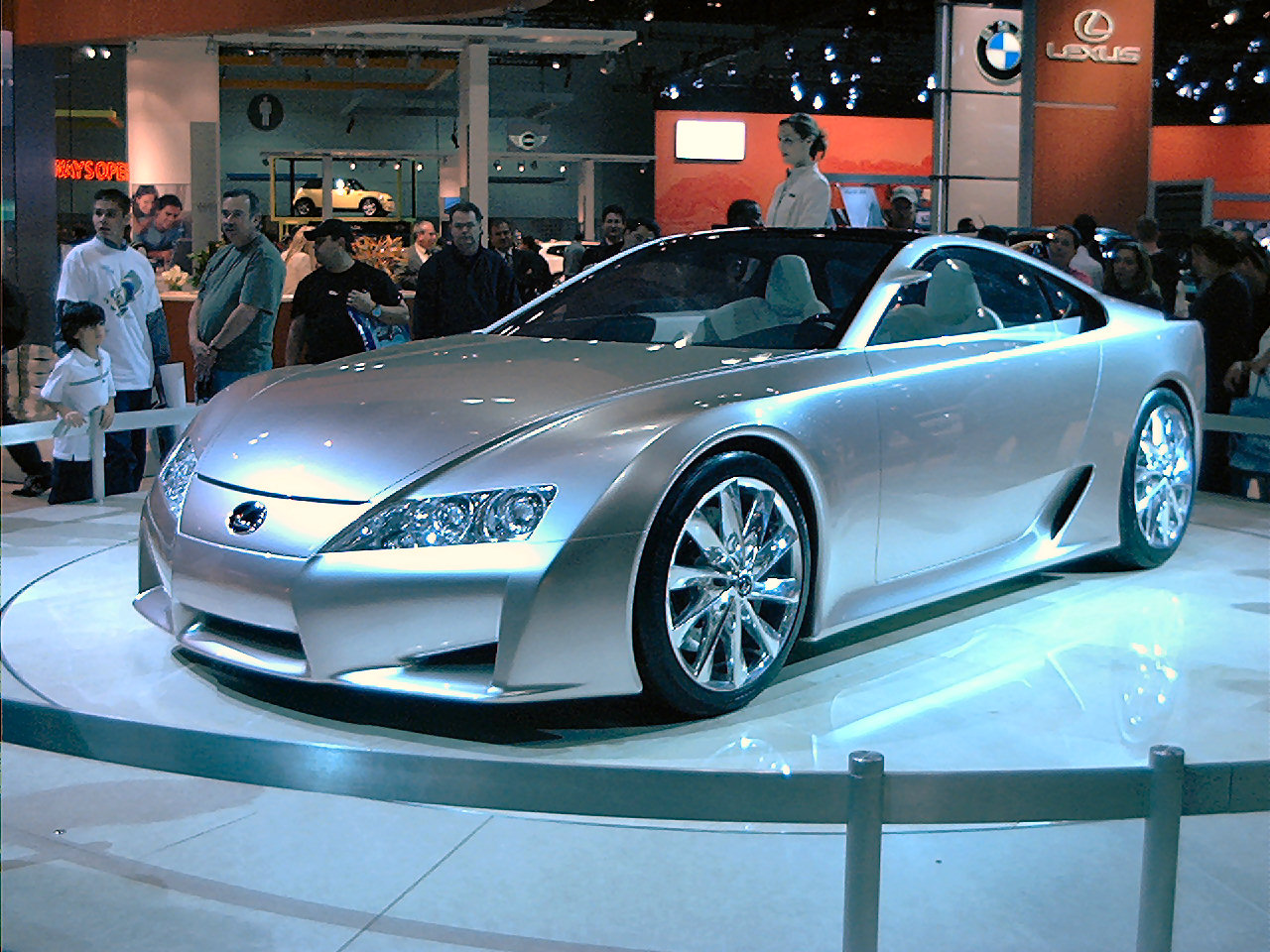
The Lexus LF-A Concept, first unveiled at the 2005 North American International Auto Show, was a sleek and aggressive supercar concept that previewed what would eventually become the Lexus LFA. The concept featured a lightweight carbon fiber body, a front-mid-engine layout, and advanced aerodynamics. The LF-A was powered by a 5.0-liter V10 engine, capable of producing over 500 horsepower. Although the concept generated significant excitement, the production version of the LFA took several years to develop, with only 500 units eventually produced. The original LF-A Concept remains a symbol of Lexus’s ambition to create a world-class supercar, and its design continues to be admired for its purity and aggression.
Chrysler ME Four-Twelve (2004)
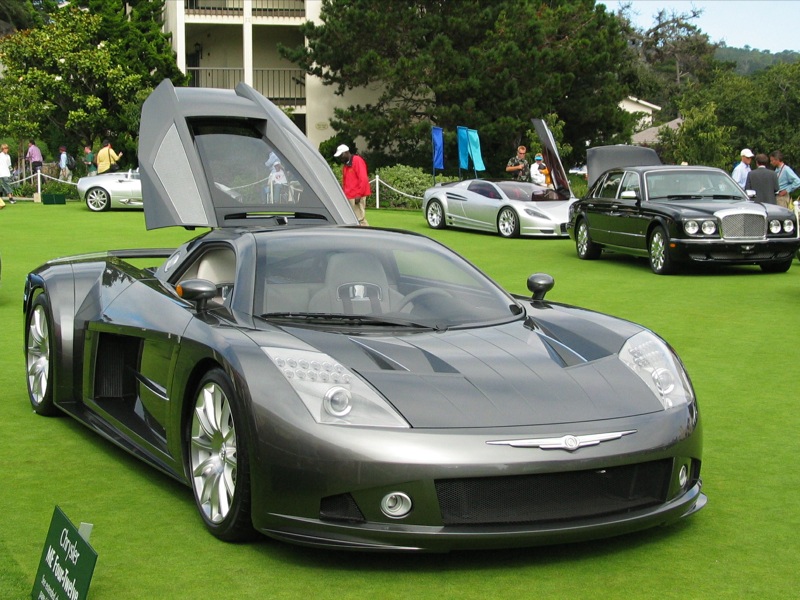
The Chrysler ME Four-Twelve, unveiled at the 2004 North American International Auto Show, was a high-performance concept car that shocked the automotive world with its advanced design and blistering speed. The ME Four-Twelve featured a lightweight carbon fiber and aluminum body, a mid-mounted quad-turbocharged 6.0-liter V12 engine producing 850 horsepower, and a top speed of 248 mph. The car’s aggressive styling, with sharp lines and a low, wide stance, made it an instant head-turner. Despite the overwhelming positive reception, Chrysler decided not to produce the ME Four-Twelve, citing high development costs and the brand’s shift towards more practical vehicles. The concept remains a tantalizing glimpse of what could have been one of the fastest production cars in the world.
Lincoln Continental Concept (2002)
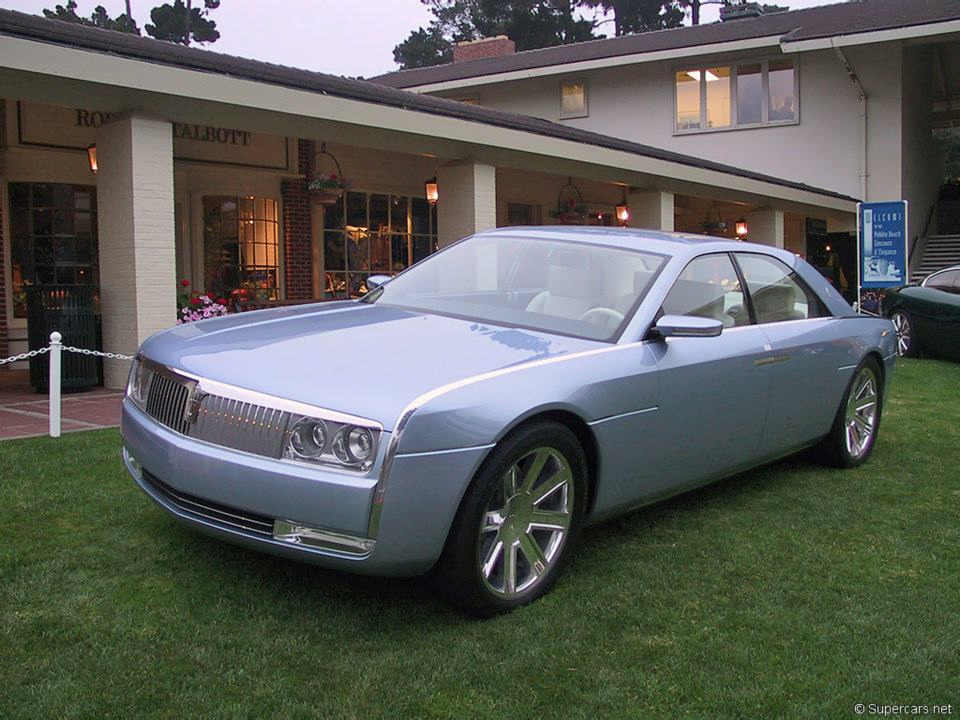
The Lincoln Continental Concept, unveiled at the 2002 Los Angeles Auto Show, was a stunning reinterpretation of the classic Continental, featuring a sleek and modern design that paid homage to the iconic 1960s models. The concept featured a long, low-slung body, a bold front grille, and suicide doors, evoking the elegance of the original Continentals. The interior was equally luxurious, with high-quality materials, advanced technology, and a minimalist design. Despite the positive reception, Lincoln chose not to produce the Continental Concept, opting instead to focus on SUVs and crossovers. The concept remains a symbol of Lincoln’s potential to create a truly elegant luxury sedan.
Nissan IDX (2013)
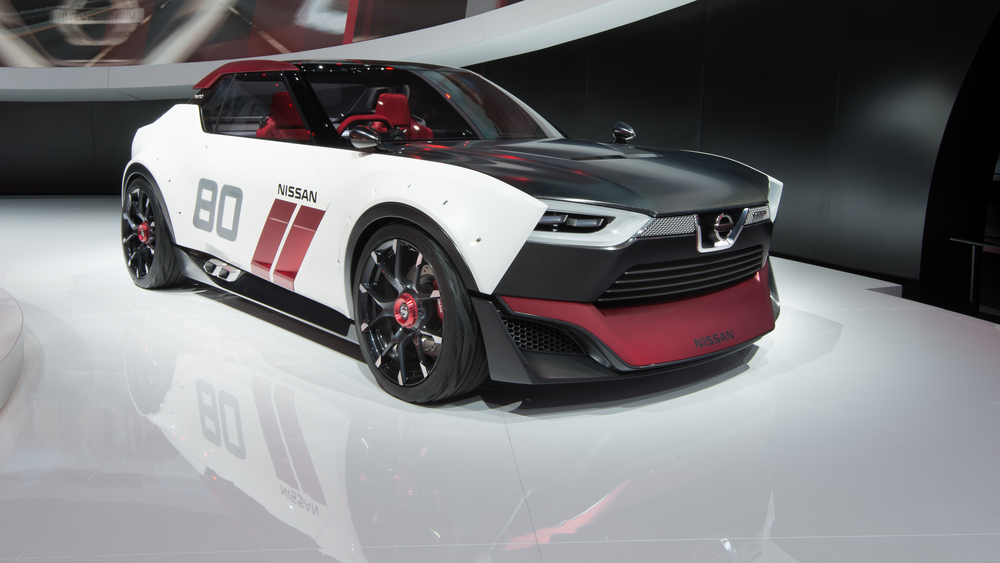
The Nissan IDX, first shown at the 2013 Tokyo Motor Show, was a retro-inspired concept car that drew heavily from the design of the classic Datsun 510. The IDX featured a boxy, compact design with sharp lines, flared fenders, and a modern interpretation of the 510’s iconic front fascia. The concept was powered by a small turbocharged engine, making it a potential rival to other compact sports cars like the Toyota 86. Despite widespread enthusiasm from fans and positive reviews, Nissan ultimately decided not to produce the IDX, citing the high costs of developing a niche vehicle. The IDX remains a beloved concept among enthusiasts who long for a return to simple, lightweight sports cars.
Peugeot Onyx (2012)
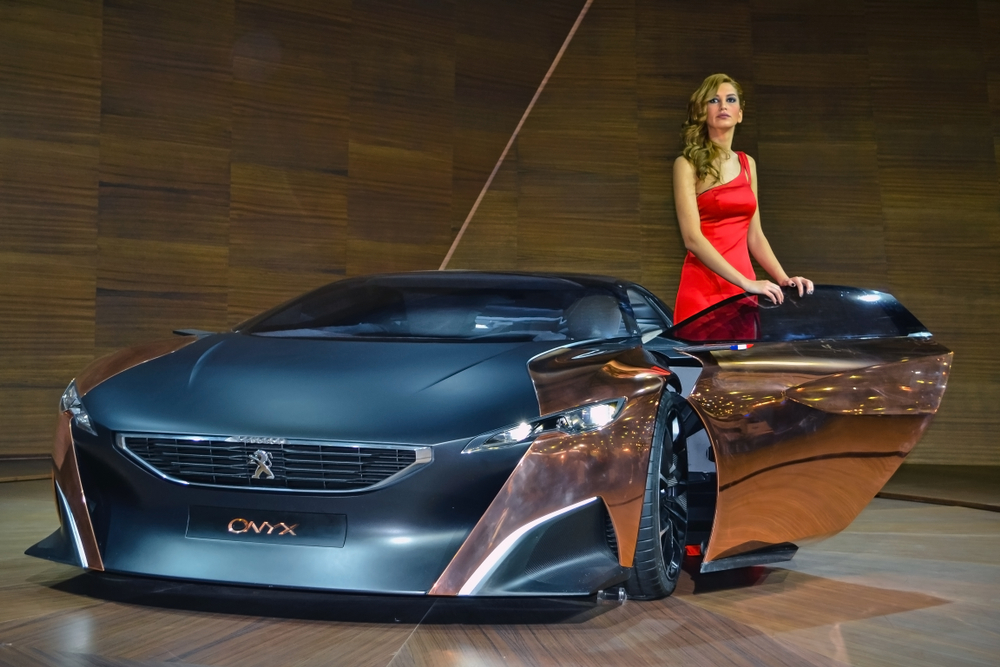
The Peugeot Onyx, unveiled at the 2012 Paris Motor Show, was a radical concept car that showcased Peugeot’s design and engineering prowess. The Onyx featured a stunning two-tone body made from raw copper and carbon fiber, giving it a unique and futuristic look. The car was powered by a 3.7-liter V8 diesel-electric hybrid engine, producing 600 horsepower. The interior was equally avant-garde, with a minimalist design and materials such as compressed felt and wood. Despite its striking appearance and innovative technology, Peugeot decided not to produce the Onyx, focusing instead on more mainstream models. The Onyx remains a symbol of Peugeot’s potential to create truly groundbreaking designs.
Maserati Birdcage 75th (2005)
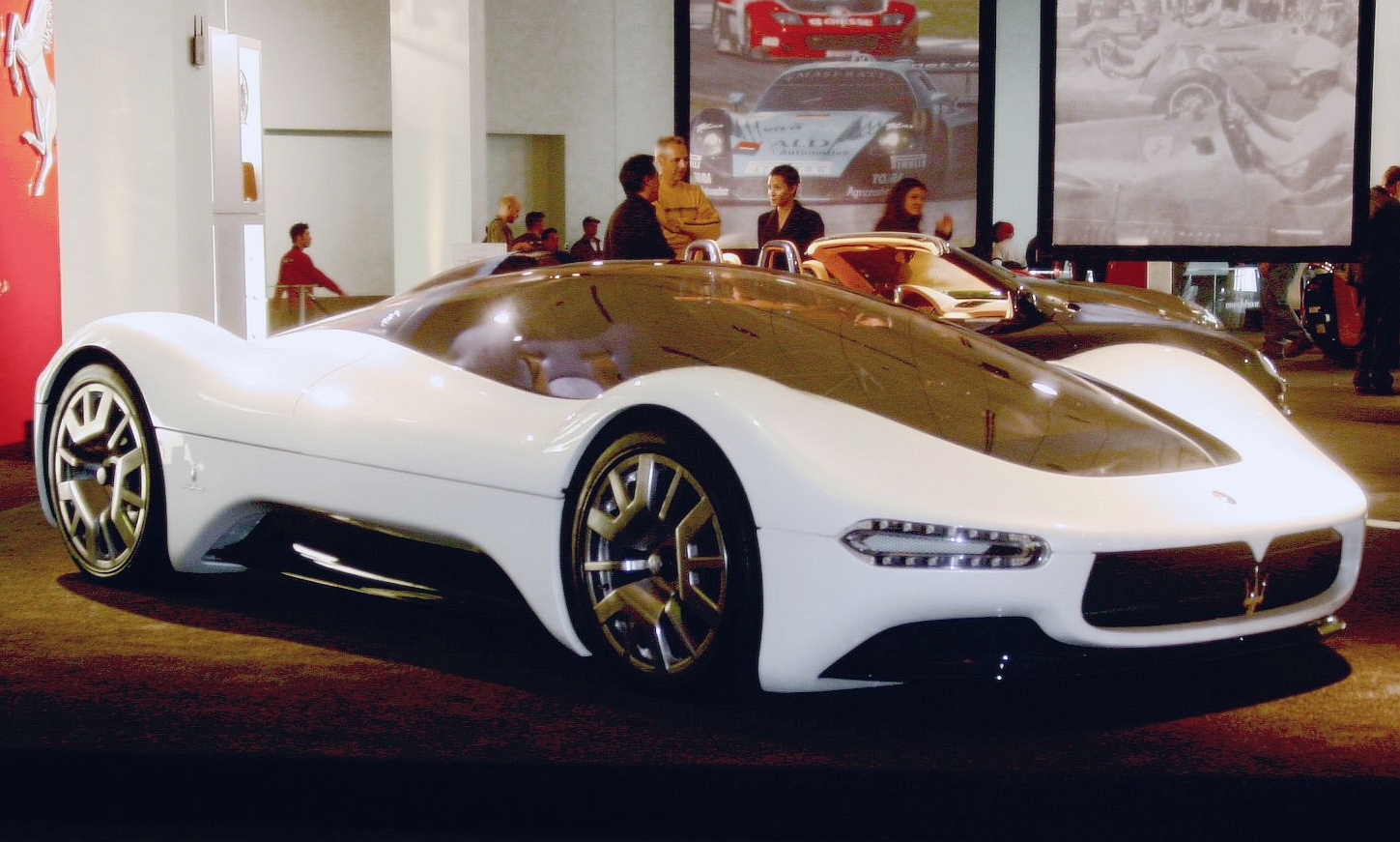
The Maserati Birdcage 75th, unveiled at the 2005 Geneva Motor Show, was a stunning concept car created to celebrate Maserati’s 75th anniversary. The Birdcage featured a sleek, aerodynamic design inspired by the classic Maserati Birdcage race cars of the 1960s. The concept was powered by a mid-mounted V12 engine producing 700 horsepower, allowing it to achieve impressive performance figures. The car’s futuristic design, with its low, wide stance and transparent canopy, made it a visual masterpiece. Despite the overwhelming positive reception, Maserati chose not to produce the Birdcage 75th, focusing instead on their core lineup of luxury sports cars. The Birdcage remains one of the most beautiful and iconic concept cars ever created.
Mazda Furai (2008)
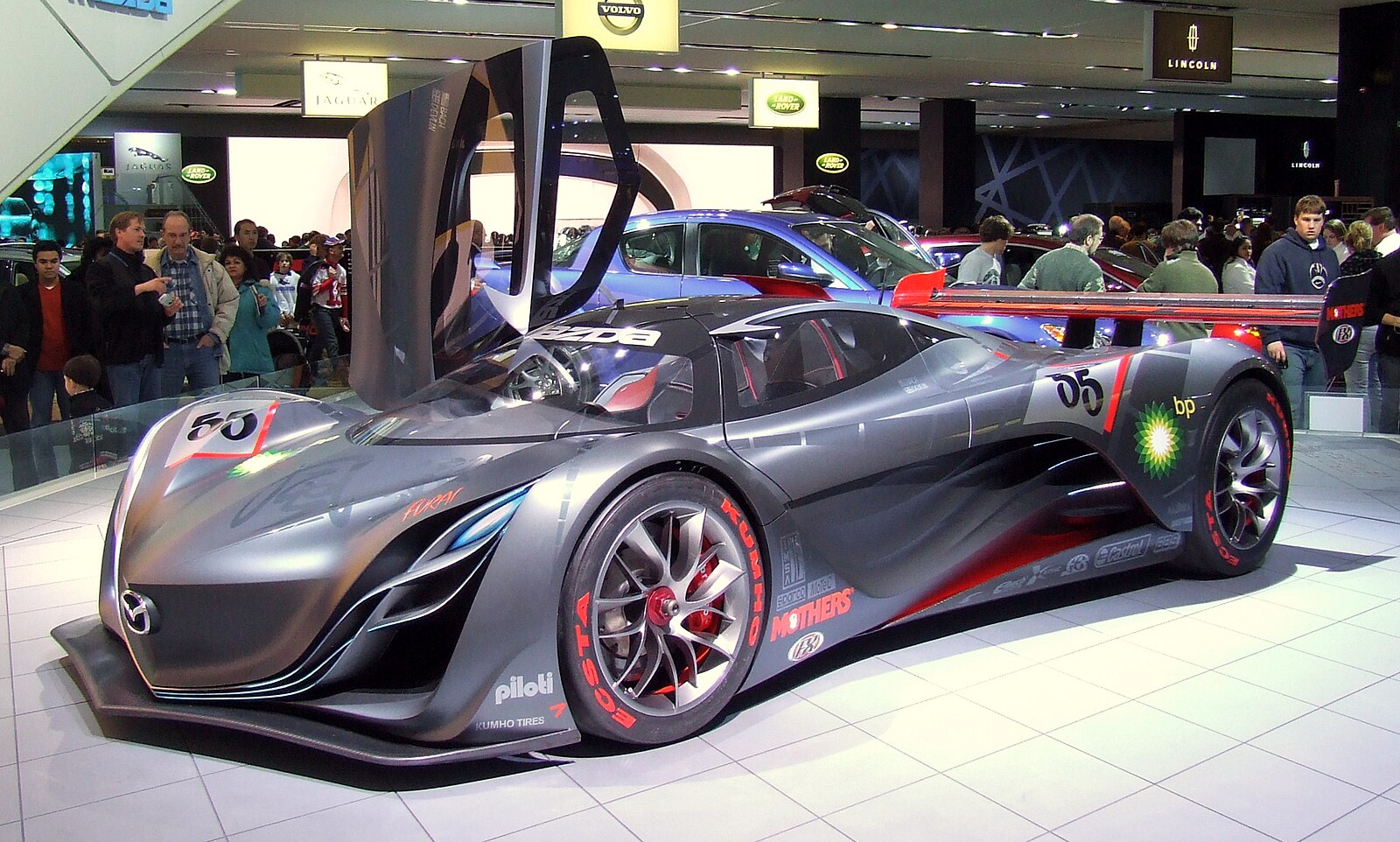
The Mazda Furai, unveiled at the 2008 North American International Auto Show, was a radical concept car that combined the design elements of a Le Mans race car with Mazda’s “Nagare” design language. The Furai featured a sleek, aerodynamic body, with flowing lines and aggressive styling. The car was powered by a 20B three-rotor Wankel engine running on E100 ethanol, producing 450 horsepower. The Furai was praised for its stunning design and innovative engineering, but tragically, the concept was destroyed in a fire during testing, preventing any possibility of production. Despite this, the Furai remains a beloved concept car, admired for its daring design and performance potential.
Subaru B9 Scrambler (2003)
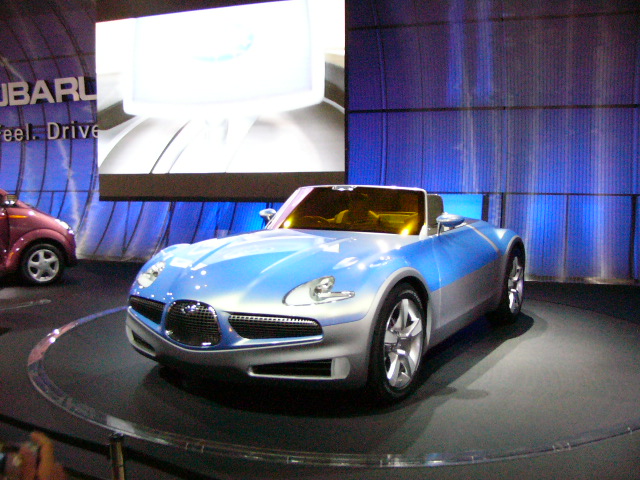
The Subaru B9 Scrambler, unveiled at the 2003 Tokyo Motor Show, was a unique concept car that combined elements of a sports car and a roadster. The B9 Scrambler featured a bold design with a distinctive front grille, flared fenders, and a retractable hardtop roof. The concept was powered by a turbocharged boxer engine, providing a blend of performance and efficiency. Despite its unique design and positive reception, Subaru decided not to produce the B9 Scrambler, focusing instead on their core lineup of all-wheel-drive vehicles. The B9 Scrambler remains an interesting footnote in Subaru’s history, showcasing their ability to create innovative and stylish designs.
Citroën GT (2008)
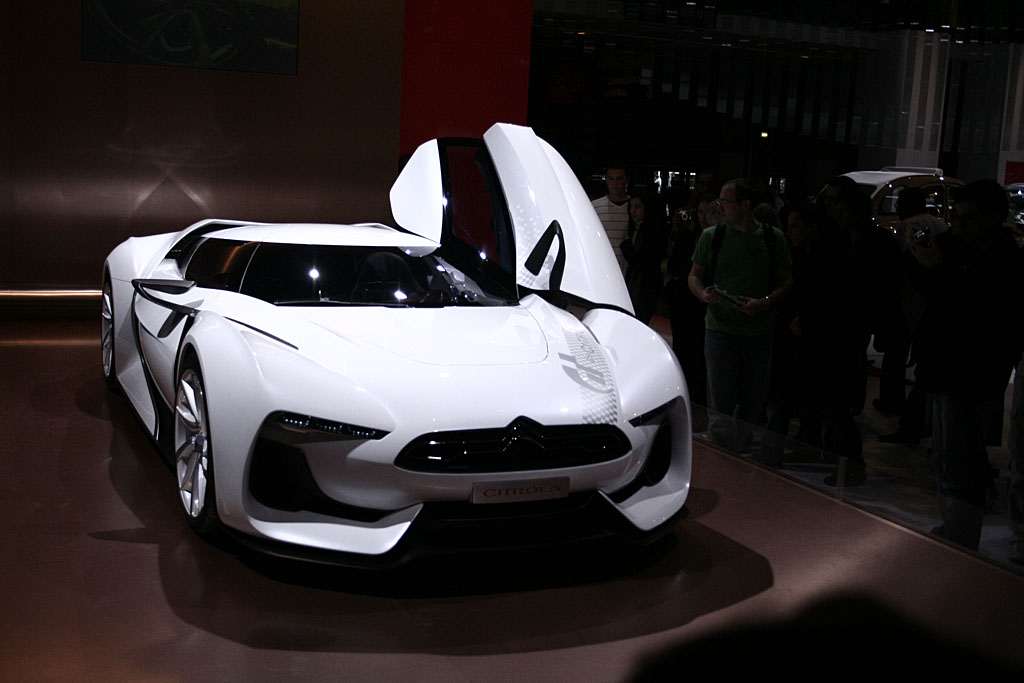
The Citroën GT, first shown at the 2008 Paris Motor Show, was a futuristic concept car designed in collaboration with the creators of the Gran Turismo video game series. The GT featured a long, low-slung body with aggressive lines, a wide stance, and a distinctive front fascia. The concept was powered by a hydrogen fuel cell, showcasing Citroën’s vision for a sustainable, high-performance future. Despite the GT’s stunning design and positive reviews, Citroën decided not to produce the car, citing the high costs of developing such an advanced vehicle. The GT remains a favorite among enthusiasts and gamers alike, admired for its bold design and innovative technology.
Lexus LF-LC (2012)
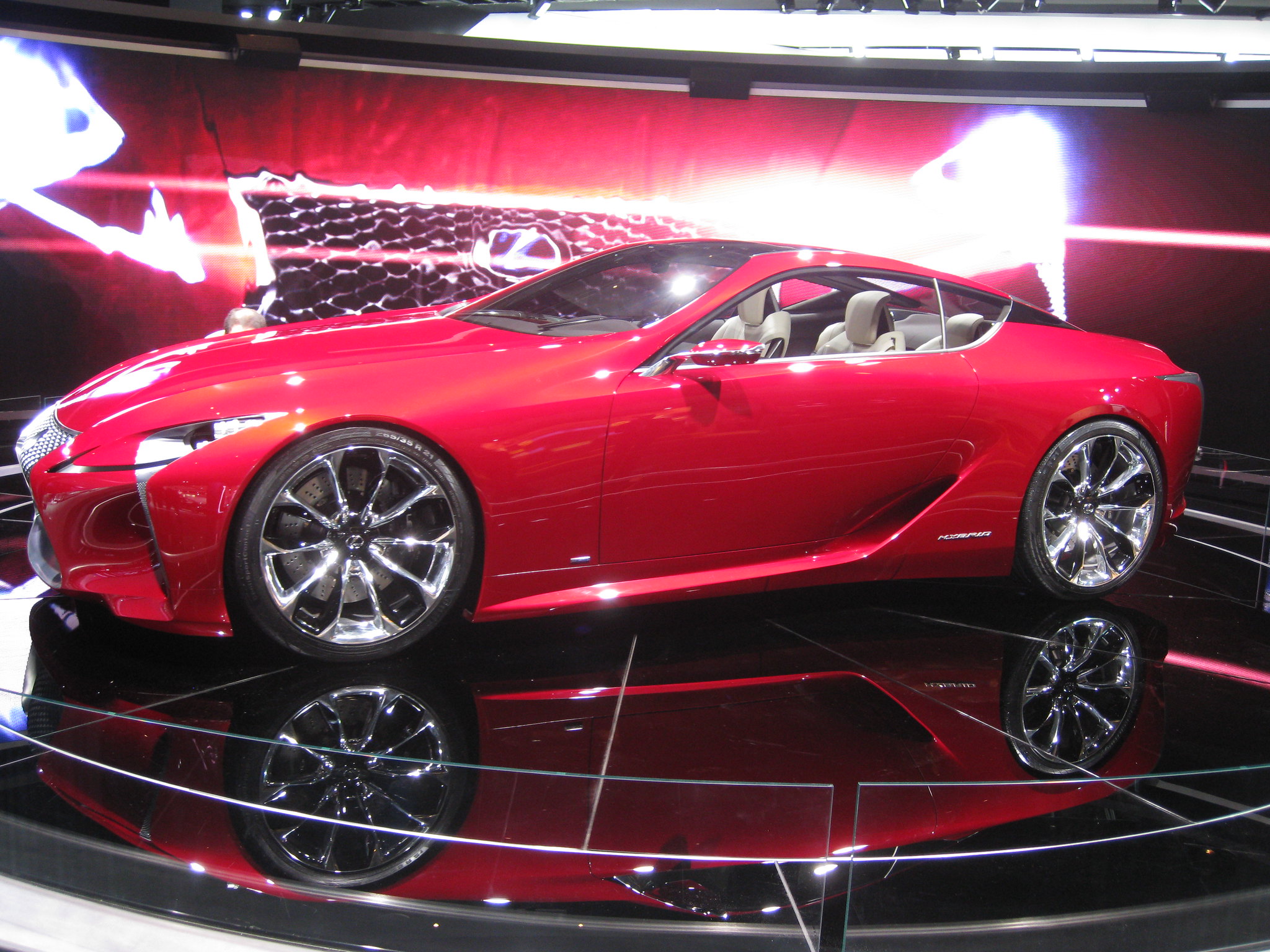
The Lexus LF-LC, unveiled at the 2012 North American International Auto Show, was a stunning concept car that previewed the future of Lexus design. The LF-LC featured a sleek, aerodynamic body with flowing lines, a distinctive spindle grille, and advanced LED lighting. The interior was equally impressive, with a minimalist design, high-quality materials, and advanced technology. The LF-LC was powered by a hybrid drivetrain, combining performance with efficiency. Despite its stunning design and positive reception, Lexus decided not to produce the LF-LC, focusing instead on other projects. However, the LF-LC’s design language did influence future Lexus models, including the production LC coupe.
This article originally appeared on MyCarMakesNoise.
More from MyCarMakesNoise
16 Factors Fueling the Rise of Electric Vehicles

This article highlights 16 key factors driving the increasing popularity of EVs, from environmental benefits to technological advancements. Read More.
16 Lesser-Known Military Vehicles with Impressive Histories

From versatile scouts to rugged armored carriers, these vehicles have impressive histories and unique features worth exploring. Read More.
25 Most Expensive Cars in the World
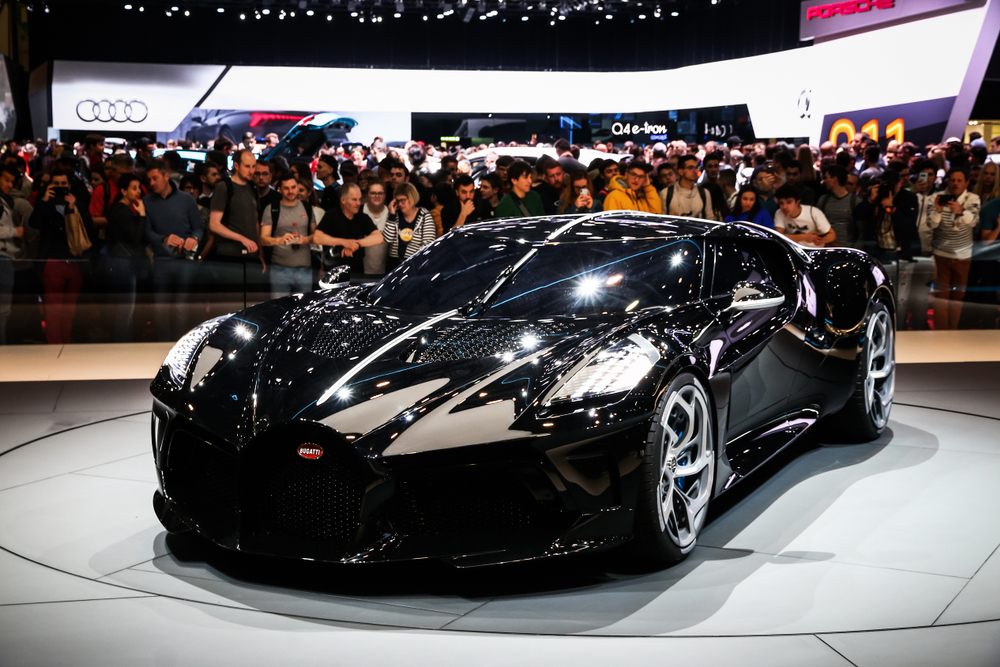
Embarking on a journey through the echelons of automotive luxury and performance, we delve into an exclusive realm where cars transcend ordinary functionality to become benchmarks of engineering excellence and opulence. Read More.














